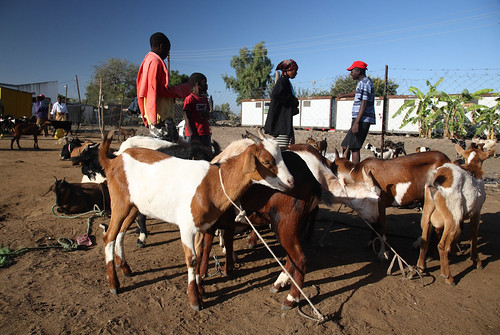Are there opportunities for greater trade of livestock products from developing countries without increasing the risk of spreading animal diseases?
A new study from the International Livestock Research Institute (ILRI) and the Food and Agriculture Organization of the United Nations (FAO) suggests that there are and lays out a series of recommendations as to how they might be achieved. Livestock is one of the key assets of most developing countries, but compared to other agricultural products, this resource is currently significantly underutilised as a tool for poverty reduction. One of the reasons behind this is that many developing countries still harbour animal diseases that present a risk to the West, where diseases such as foot and mouth disease (FMD) and classical swine fever (CSF), to name but two, have been eradicated. Their reintroduction to countries free of these diseases has disastrous economic and environmental consequences. This dichotomy presents yet another example of the widening divide between developed and developing countries. So how can developing countries make better use of their livestock resources through greater market access in the world without putting developed countries at greater risk? This topic has been the subject of a study recently undertaken by ILRI on behalf of FAO, the report of which was released in July 2005.
Entitled ‘An appropriate level of risk: balancing the need for safe livestock products with fair market access for the poor’, the report questions some of the ground rules for safe international trade in livestock commodities, while at the same time identifying specific needs for human resource capacity development to safeguard the animal health and food safety integrity of livestock commodity value chains. Led by ILRI’s veterinary epidemiologist Brian Perry, the study identified some market successes, and some failures, in the regions of South East Asia, eastern and southern Africa and Central America, drawing from them some key lessons of global significance.
Read the complete report: http://www.fao.org/ag/againfo/programmes/en/pplpi/docarc/wp23.pdf

